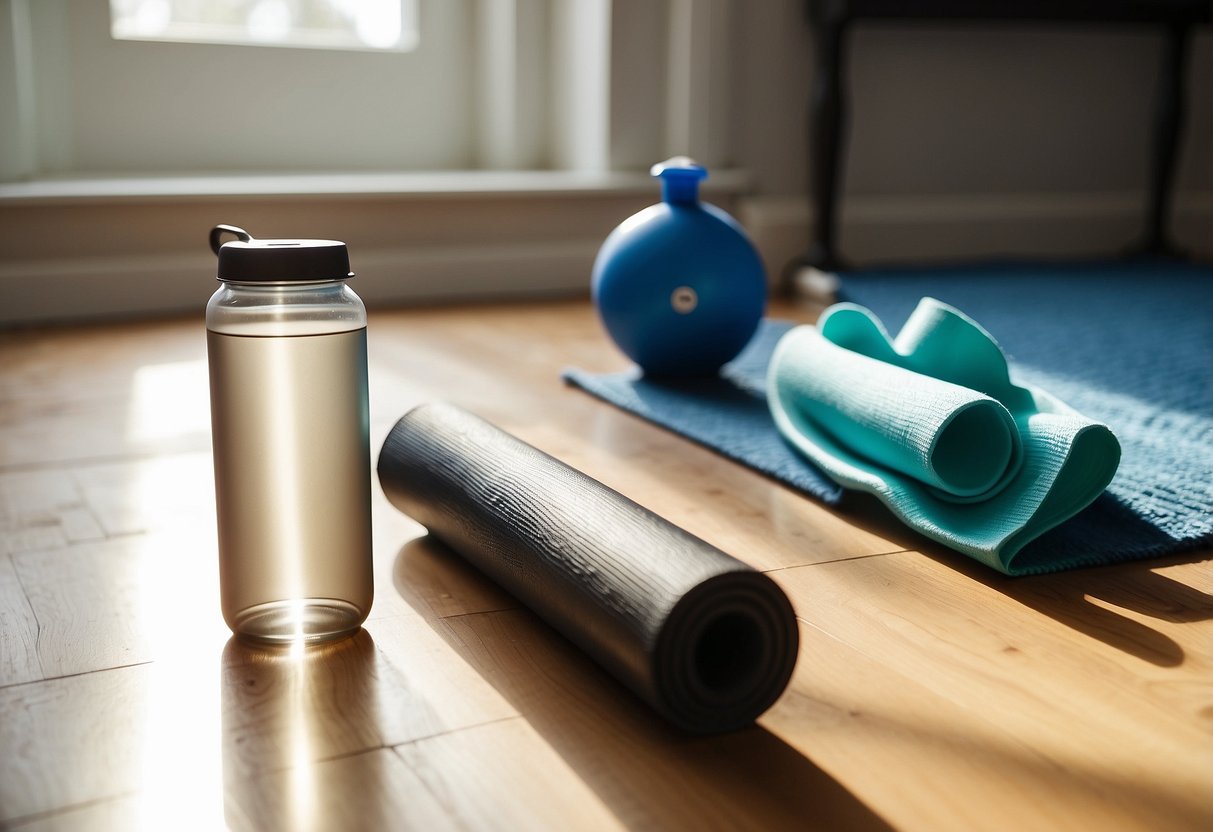DIY Cardio Workouts: High-Intensity Interval Training (HIIT) at Home – Ultimate Guide to Effective Home Fitness
HIIT Workout Structure
High-Intensity Interval Training (HIIT) combines short bursts of intense exercise with periods of rest or lower-intensity exercise. A typical HIIT session begins with a warm-up to prepare the muscles and increase heart rate.
Warm-up activities might include light jogging, jumping jacks, or dynamic stretches. The warm-up generally lasts for 5-10 minutes.
The main workout consists of intense exercise intervals followed by recovery intervals. Each high-intensity interval can range from 20 seconds to a few minutes, depending on fitness levels and goals. Recovery intervals can be equal to or shorter than the intense intervals.
For example, one may perform a 30-second sprint followed by a 30-second walk or jog. This cycle can be repeated for 20-30 minutes. Exercises such as burpees, high knees, and mountain climbers are commonly used in HIIT due to their high intensity.
The workout should end with a cool-down period. The cool-down helps return the heart rate to normal and includes light aerobic activity and static stretching. This phase typically lasts 5-10 minutes, ensuring muscle recovery and flexibility.
Consistency is key to seeing results. HIIT workouts can be customized to meet individual needs, making them suitable for various fitness levels.
Equipment-Free Exercises

High-Intensity Interval Training (HIIT) can be highly effective without any equipment. One key exercise is the burpee. Starting from a standing position, drop into a squat, kick your feet back into a plank, then return to squat and jump up.
Another great option is the jump squat, where you move from a squat position to a jump, ensuring you land back softly. This is beneficial for both cardio and leg strength.
Mountain climbers are also effective. Start in a plank position, then bring your knees towards your chest alternately in a running motion.
Jumping jacks are simple but efficient. They elevate the heart rate quickly and work various muscle groups.
Push-ups engage the core, arms, and chest. They can be modified to increase or decrease difficulty.
For a dynamic move, consider high knees, where you run in place driving your knees towards your chest.
Incorporating plank jacks combines a plank position with a jumping jack motion to engage the core and elevate heart rate.
Each of these exercises can fit seamlessly into a HIIT routine, offering a full-body workout without any gym gear. Remember to adjust timings and rest intervals based on fitness levels.



